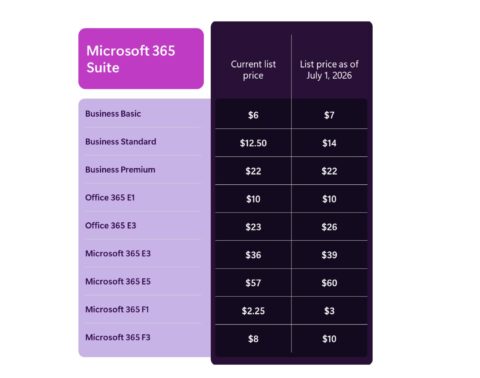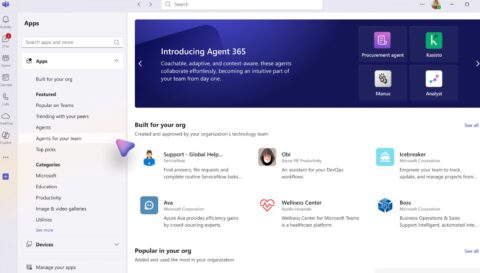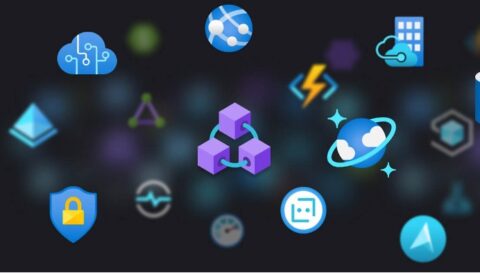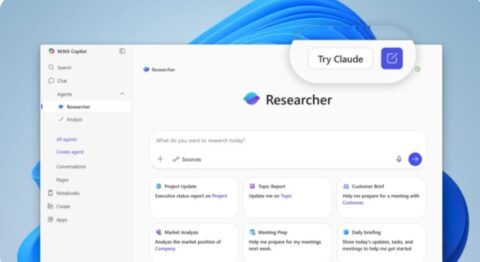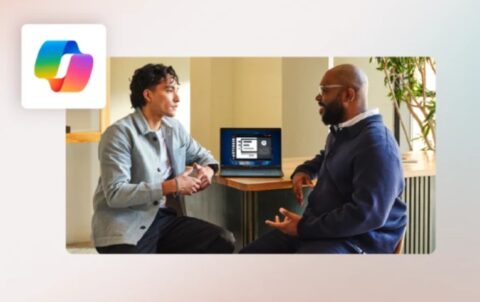Updated: January 9, 2025 (January 9, 2025)
BlogSQL Server: The Polymath of Databases?
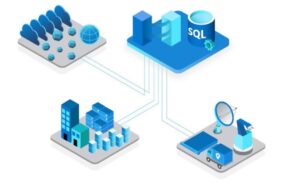
The concept of a “polymath” became popular during the renaissance, when intellectual figures such as Galileo and da Vinci were expected to be well versed in the cutting edge of mathematics, physics, art, medicine, philosophy, and more. But somewhere along the past 400 years, knowledge has become too specialized for any one person to really master. I love Neil deGrasse Tyson and if I’m interested in what happened during the first few milliseconds after the Big Bang, Neil is my man. But as smart as he is, if I think I’ve ruptured my appendix, I’m going to look elsewhere.
Since its introduction in 1989, SQL Server has aimed to be a polymath of databases, incorporating more and more distinct use cases offered by other databases under one umbrella. OLTP? Check. Analytics and Warehousing? Check and check. And with the latest release, SQL Server 2025 — currently in private preview — Microsoft aims to run that play that once again. My Directions colleague Rob Sanfilippo outlines the new features in an upcoming report, but the one that leapt out to me was the inclusion of vector database capabilities.
SQL Server’s Next Trick: It’s All About AI
Vector databases are increasingly important for retrieval-augmented generation (RAG) AI applications because they encode and search as vectors the kinds of multi-dimensional data often used within AI models. Not surprisingly, that has led to a slew of new databases, both open source and commercial, aiming to capitalize on the demand for database engines specifically designed for vector data. But for the SQL Server team, the first commandment is “I am thy database SQL Server. Thou shalt have no other databases before me.” Because of this, the idea of a database use case where the answer can’t be “use SQL Server” is untenable.
Enter SQL Server 2025. To be honest, I have no idea exactly how the new releases’ vector features really compare to products like Pinecone or Milvus. SQL Server 2025 is only now entering the private preview stage and the entire field of RAG applications is still developing rapidly. But I do know that the ability to store, index, and search highly multi-dimensional, unstructured data requires very different architectural choices than traditional tabular data. And I know that combining SQL Server (literally, a child of the 1990s) with vector databases — which didn’t appear as a purpose-built product until the launch of Milvus in 2019 — inevitably implies that some gotchas are there, waiting to be discovered.
What’s an Enterprise Customer to Do?
What does this mean to enterprise customers? It all comes down to what you are optimizing for and who is making the platform decision. Operations teams will bias towards fewer systems to manage and the procurement team will love the idea that they don’t have to navigate license agreements with a new vendor. Microsoft has made a handsome living appealing to both of those constituencies.
But the point is, none of that matters unless you know for certain that you’ve given your app dev teams the freedom to evaluate all the possibilities with in-depth proof-of-concept development and found out where the limits are for your unique combination of use case, data types, and workload. Vector databases and RAG are so new that nobody can make sweeping declarations about what will or won’t work.
Who knows, maybe the idea of a polymath database has a bit more life in it yet and Microsoft can extend SQL Server one more time into a totally new realm. They have done it before with the addition of column storage, in-memory indexing, and even graph data that works surprisingly well. Maybe they have a trick up their sleeve that can take SQL Server into the AI era.
For me, it’s time for my annual physical and as much as I respect him, I think I’ll let Dr, Tyson take the day off and go see a medical specialist instead.
Related Resources
Microsoft: Apply for the SQL Server 2025 Preview
Understanding Embeddings, Vectors, and Vector Databases (Directions members only)
Get a Free Sample of the SQL Server section of our Database, Analytics and AI Roadmap

